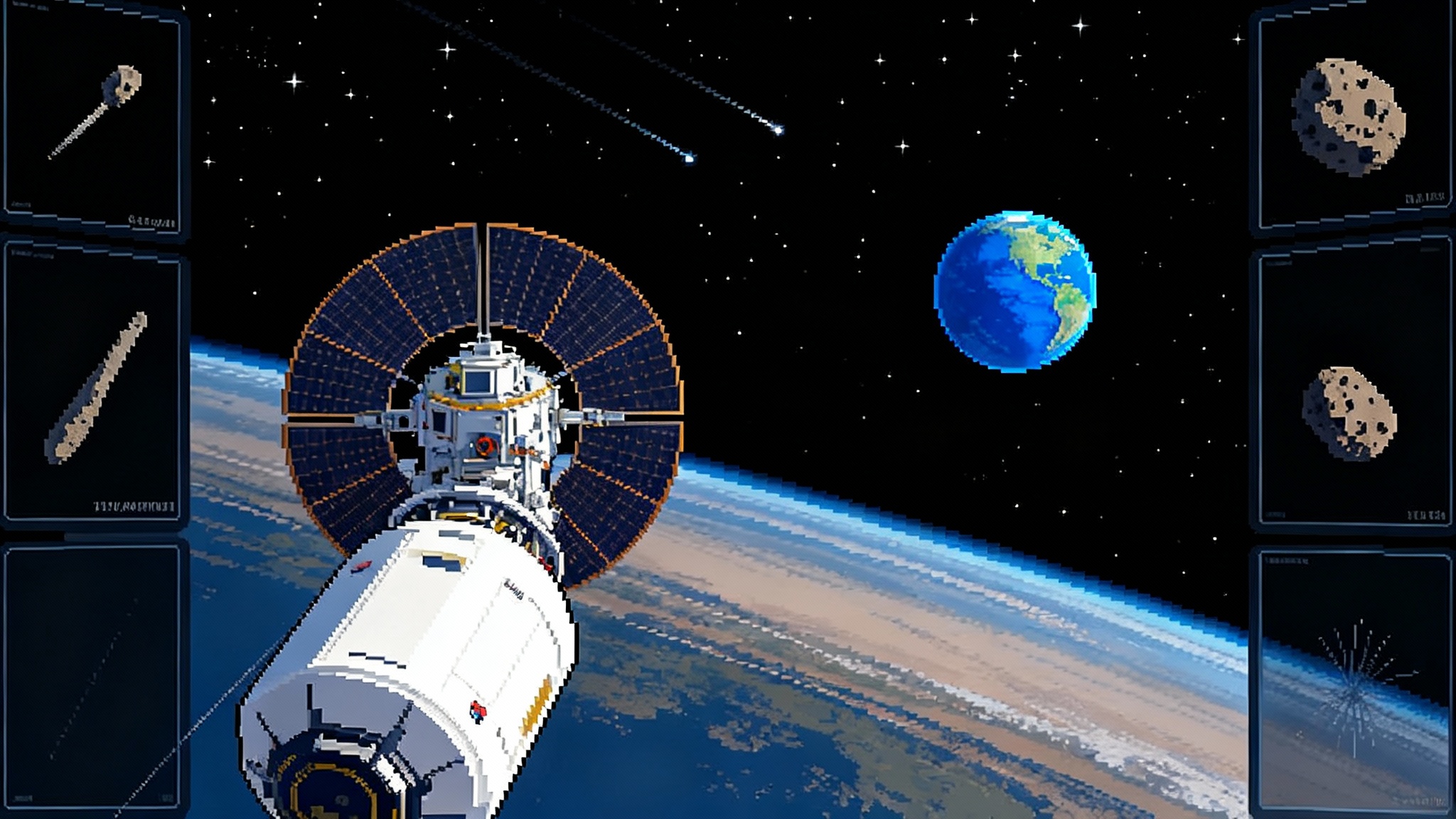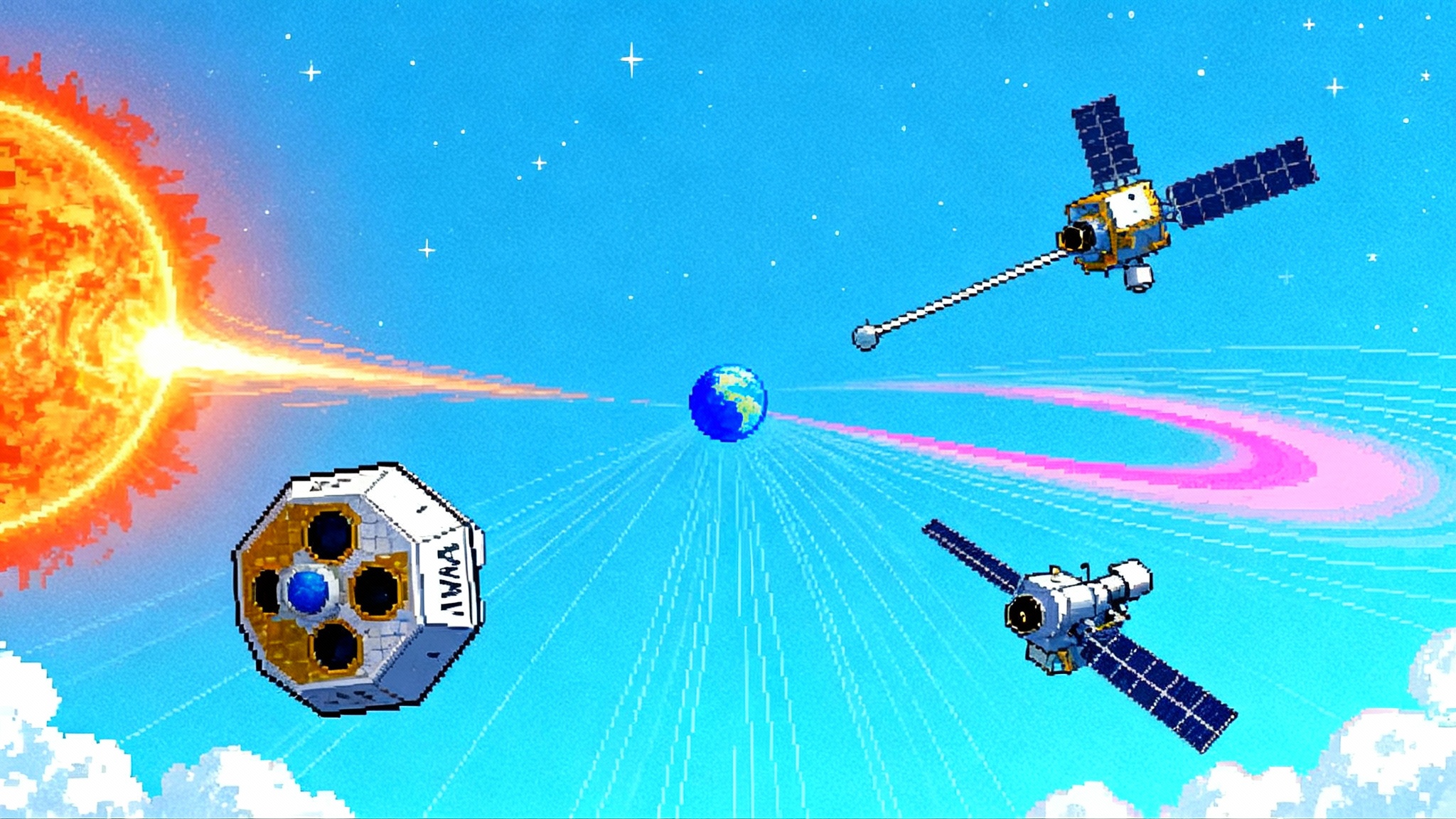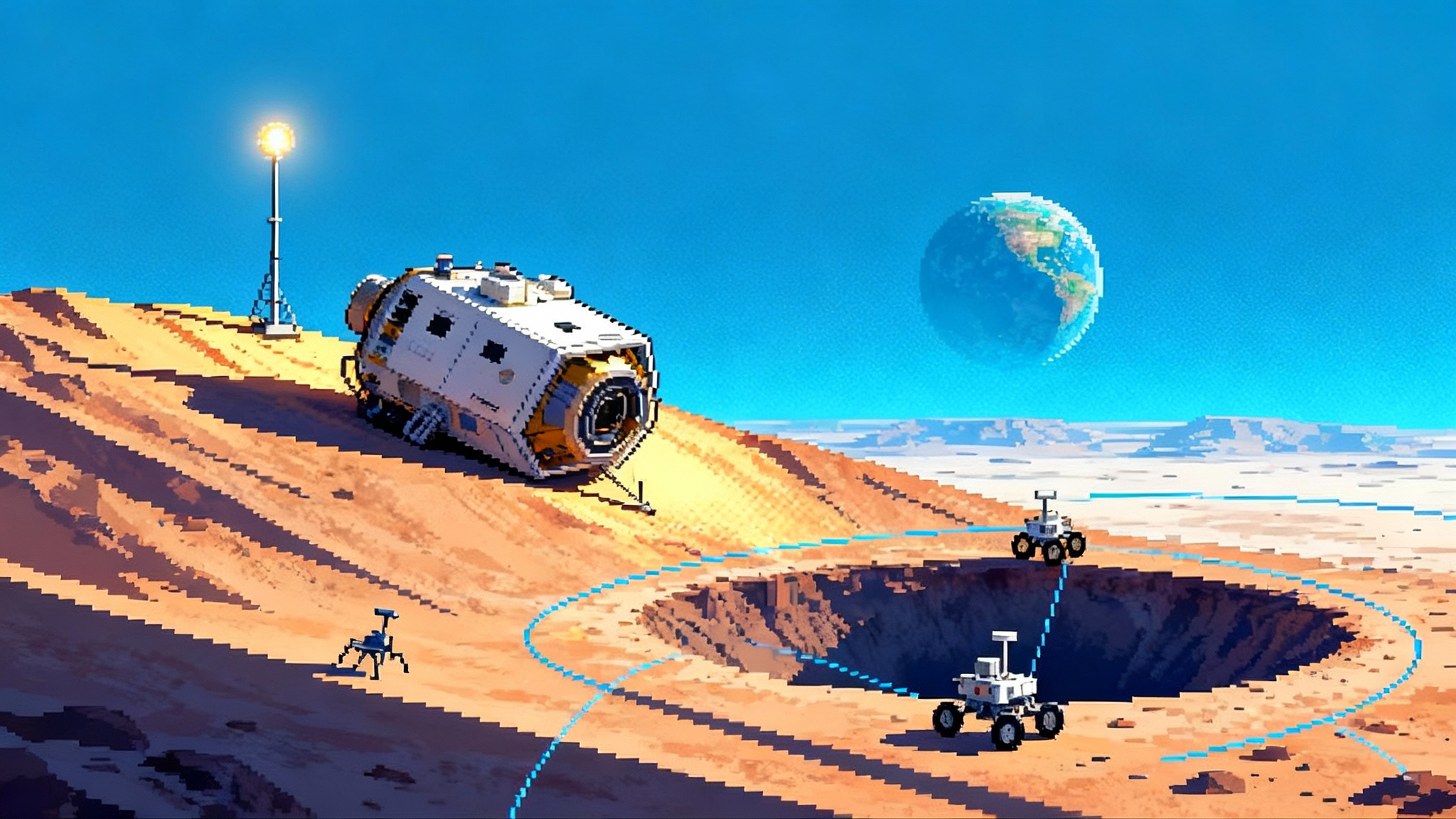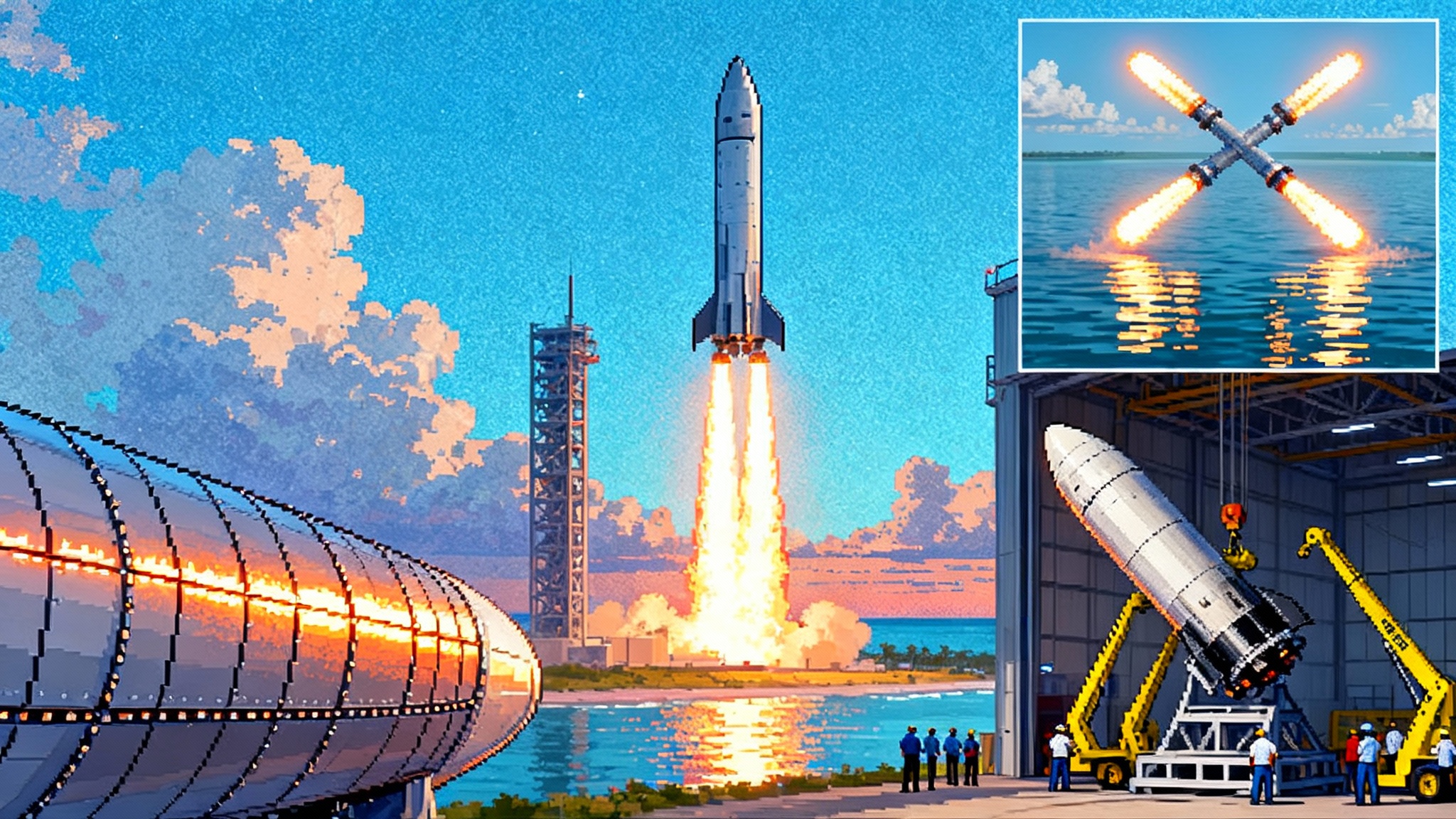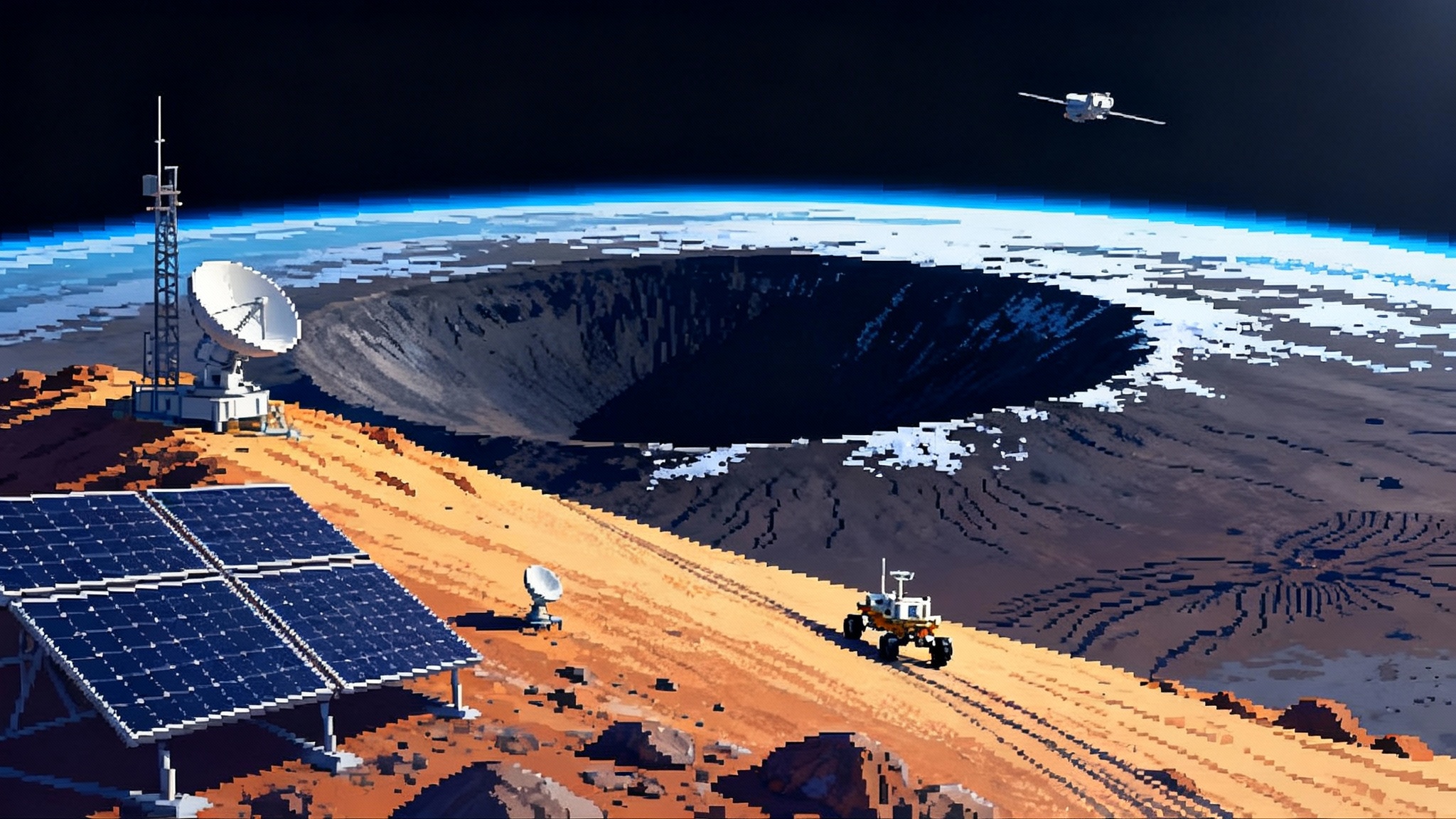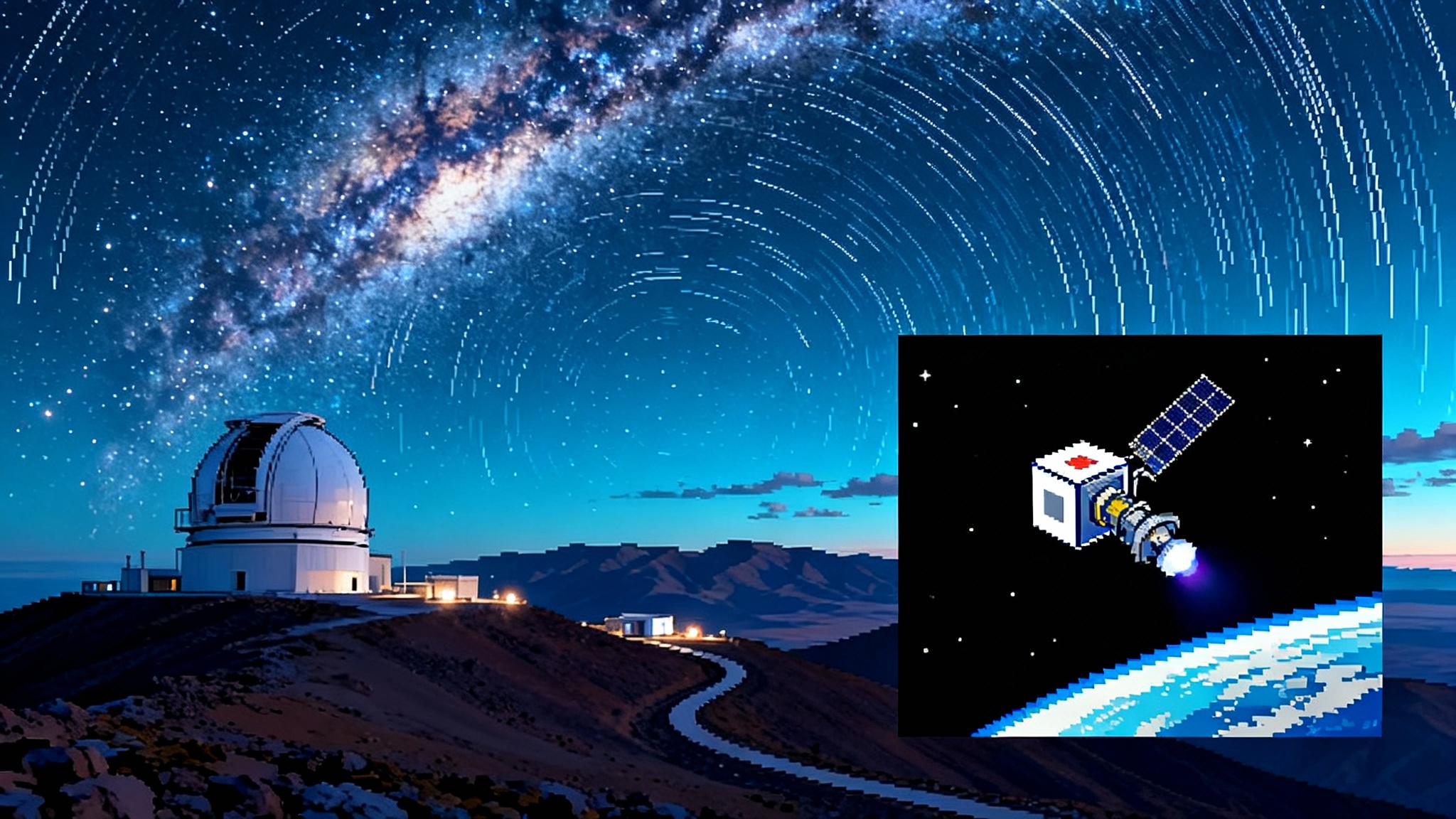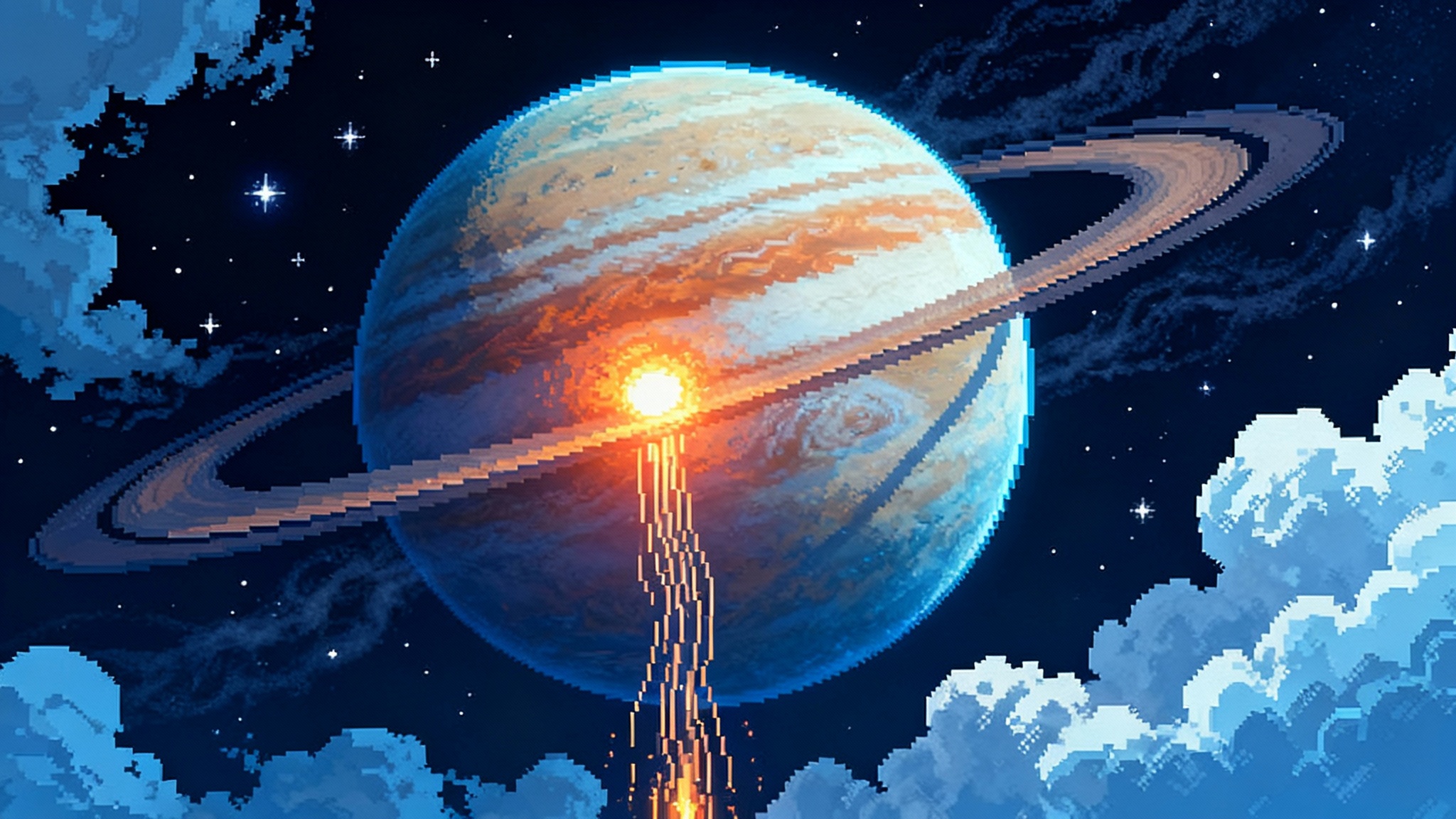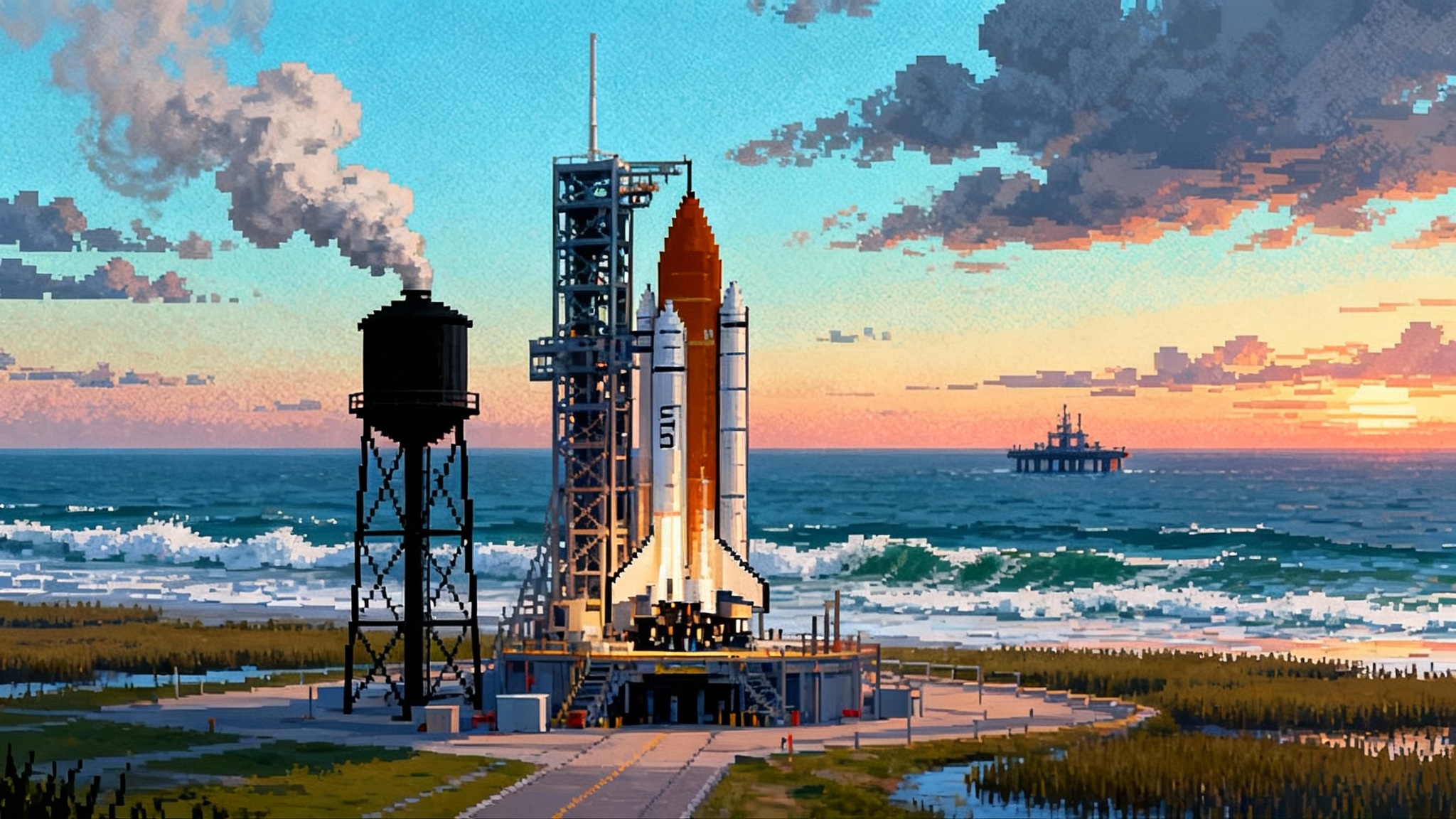Euclid’s 2025 releases reboot the dark universe timeline
March’s public Q1 data and September’s Flagship simulations moved Euclid from pretty pictures to industrial cosmology. Here is how AI, citizen science, and Roman will sharpen dark energy tests by 2026 to 2028.
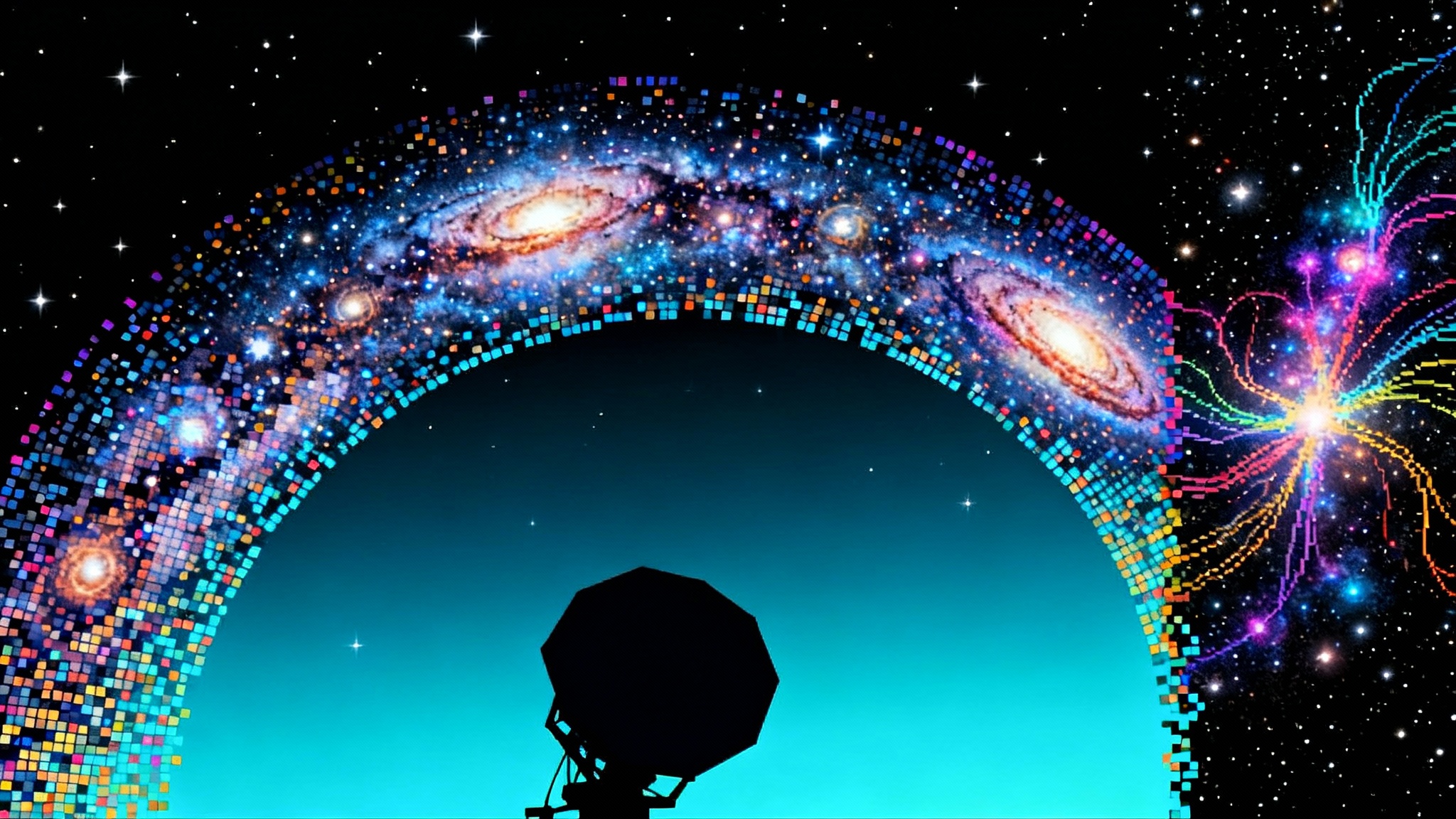
From postcards to production: why March 2025 mattered
On March 19, 2025, the European Space Agency opened Euclid’s science archive to everyone, releasing 63 square degrees of deep, sharp imaging and spectroscopy from three high latitude fields. That first tranche, called Q1, mapped roughly 30 million objects and showed what the mission’s optics and processing pipelines can do at survey scale. It also set norms for metadata, quality flags, and calibration that teams outside the consortium could adopt immediately. Think of Q1 as the pilot run of an assembly line that must eventually create a precision atlas of more than a third of the sky. Euclid’s public Q1 data release on March 19, 2025 is documented in the official archive and technical supplement. Read the Q1 release note and documentation via this inline link: Read the Q1 release note and documentation.
Q1 was not a cosmology result. It was something more important for the long game: a stable reference for how Euclid sees the sky and a dry run for the software contest that will convert raw pixels into weak lensing shear measurements and galaxy redshifts. Teams needed this first slice to test everything from point spread function modeling to how well photometric redshifts behave where ground data is thin. The release also set the tone for openness, with both European and United States archives mirroring access and tutorials. That matters because the fastest route from images to discovery is to turn thousands of researchers and skilled amateurs into co workers who understand the data’s quirks, much as the Rubin real time sky era is doing for time domain astronomy.
September’s mega simulations changed the playbook
Six months later, the Euclid Consortium published a new Flagship simulation catalog designed explicitly for the mission’s inference problems. The dataset packs 3.4 billion simulated galaxies with hundreds of physically motivated properties, spanning the geometries and histories that cosmologists must distinguish when they fit models to the real sky. This is not eye candy. It is the training ground where pipelines learn to deblend galaxies, estimate redshifts, calibrate shear, and quantify selection effects before anyone dares to quote dark energy parameters. Read the official announcement and access details here: Explore the Flagship simulation announcement.
Why is a simulation catalog a hinge moment? Because modern cosmology is no longer a single elegant measurement. It is a linked chain of measured distributions, nuisance parameters, and cross calibrations. To move along that chain without losing truth, you need mock universes that are big enough to match your survey, realistic enough to fool your algorithms, and transparent enough to probe failure modes. The September release is exactly that. It lets teams run their entire analysis end to end, measure biases, and tune methods until the outputs land where the inputs say they should.
Industrial scale cosmology arrives
If previous space surveys were artisan workshops, Euclid plus its simulation backbone is a factory. Not a soulless one, but a careful, repeatable production system. Here is what that looks like in practice:
-
Shear and shape measurement at scale. The mission must extract subtle, percent level distortions in galaxy shapes caused by foreground matter. Q1 data let shape teams validate the point spread function model and star galaxy separation across real fields. The Flagship mocks let them inject known levels of distortion and verify that the recovered shear is unbiased across galaxy size, brightness, and crowding.
-
Photometric redshift ladders. Euclid measures galaxy colors in visible and near infrared bands and supplements them with ground images. Translating colors into distances needs a ladder of training sets and transfer functions. Simulations provide truth tables. Real spectroscopy in Q1 provides stress tests. Together they bound the redshift bias that otherwise would wash out the lensing signal.
-
Three by two point statistics. The flagship product for dark energy is the joint analysis of galaxy positions and shapes: cosmic shear, galaxy clustering, and galaxy galaxy lensing. Combining the three suppresses degeneracies between the geometry of the universe and the growth of structure. The simulation release is large enough to validate that combination on realistic sky patches.
-
Continuous calibration. The mission cannot freeze its pipeline for years. The entire point of Q1 was to put a reference in public and then iterate. Expect quarterly to annual updates to calibration constants, masks, and selection functions as teams find edge cases. This is industrial practice: design, test, revise, scale.
AI plus citizen science: a pipeline the public can move
The step change in 2025 is not only open data. It is open participation. Weak lensing and galaxy clustering are limited by faint, overlapping galaxies and rare configurations that confuse algorithms. That is perfect territory for a hybrid human machine pipeline:
-
Active learning for deblending. Machine learning models propose deblends in crowded fields. Volunteers check difficult cutouts, and the model retrains on the new labels. The costliest decisions move to humans; the bulk remains automated. The result is cleaner catalogs without weeks of expert time per square degree.
-
Lens finding at scale. Strong gravitational lenses are rare and gold for calibrating mass distributions. An algorithm can preselect candidates fast. A citizen science crew can then sift the short list in hours, while an expert team validates the finalists. Each round tightens the training set for the next pass.
-
Photometric outlier patrol. Redshift estimators are accurate on average but vulnerable to catastrophic outliers. Volunteers can audit galaxies where different models disagree most, flagging candidates for targeted spectroscopy or deeper imaging. That feedback trims the tails of the error distribution, which matters more than shaving a fraction off the mean uncertainty.
Nothing about this is a toy. It is a throughput strategy. Euclid’s value arrives when we can push millions of consistent measurements through analysis without drowning in corner cases. AI reduces the haystack. Humans remove the trickiest needles. The combination speeds up the march from data intake to cosmological parameters.
Roman in the wings, with decisive overlap
The Nancy Grace Roman Space Telescope is slated to begin operations in the second half of the decade. Roman’s core wide area surveys are deeper in the near infrared and include slitless spectroscopy across large fields. Euclid’s sky coverage is far larger and includes visible imaging at exquisite resolution. The two were designed to overlap in area and in the cosmological questions they ask. That is a feature, not a redundancy.
Here is what the combination buys:
-
Better shape measurements. Euclid’s visible imager defines galaxy shapes. Roman’s deeper infrared imaging resolves structure in high redshift galaxies and helps model wavelength dependent point spread functions. Cross calibrating shapes where the two surveys overlap reduces shear biases and controls systematics that either survey alone would need to marginalize over.
-
Redshift anchoring. Roman’s spectroscopy can tie down photometric redshift training for the faint end of Euclid’s galaxy sample. That shrinks a dominant source of uncertainty in weak lensing and galaxy galaxy lensing.
-
Joint clustering. Euclid’s vast area will map baryon acoustic oscillations across a wide range of redshifts. Roman’s deeper fields supply precise small scale clustering with clean redshifts. Joining them produces a cleaner distance ladder and growth of structure measurement over cosmic time.
Because Euclid’s first public release arrived in 2025 and Roman’s sky surveys are planned for later in the decade, the calendar sets up a natural handoff: Euclid establishes baselines and methods, then Roman sharpens and extends them in the overlap. The payoff window for decisive dark energy constraints is 2026 to 2028, when Euclid’s expanded public releases and early Roman fields can be analyzed together.
Tensions on the table: H0 and sigma 8
Two headline puzzles frame the stakes:
-
H0 tension. Measurements of the Hubble constant, H0, disagree. One camp infers a lower value by fitting the cosmic microwave background with the standard model of cosmology, known as Lambda cold dark matter. Another camp builds a distance ladder from nearby supernovae and Cepheid stars and finds a higher value. The gap has persisted despite years of cross checks.
-
Sigma 8 tension. Sigma 8 is a measure of how clumpy matter is on eight megaparsec scales today. Weak lensing surveys have tended to infer a slightly lower value than the cosmic microwave background predicts when extrapolated forward in the standard model.
Euclid’s core measurements attack both. First, precise weak lensing and galaxy clustering across a huge volume constrain the history of structure growth and the geometry of the universe. If the sigma 8 tension is a statistical fluke, the combined three by two point analysis should pull the value into alignment with the cosmic microwave background within its quoted uncertainties. If the tension persists with smaller error bars, it points to new physics, such as a small injection of early dark energy or a different sum of neutrino masses than assumed in baseline models. Parallel surprises, like the early galaxy candidates discussed in JWST dark star hints, make it even more important to tighten late time growth measurements.
For H0, Euclid does not measure the expansion rate directly in the local universe. Instead it constrains the expansion history through baryon acoustic oscillations and weak lensing distances at higher redshift. The key is consistency. If those distance redshift relations prefer the lower H0 that the cosmic microwave background implies, while local distance ladders continue to prefer a higher value, the case for a breakdown in the standard model strengthens. If the combined Euclid and Roman ladder shows the two probes reconciling, then systematic errors in one or both local ladders are implicated.
A practical example: suppose Euclid’s 2026 analyses deliver a three by two point result that nails down the equation of state parameter w to within a few percent assuming it is constant. If w remains consistent with minus one, that bolsters a true cosmological constant and reduces the space for exotic models that try to fix H0 by changing late time physics. But if the same data, especially when split into redshift bins, prefer w that drifts with time, the door opens to dynamical dark energy. Either route is decisive because it moves the argument from yes or no to how much and where.
What could bend or bolster Lambda cold dark matter
The standard model of cosmology has a simple core: a flat universe dominated by a cosmological constant and cold dark matter, with a small contribution from normal matter and nearly massless neutrinos. Euclid and Roman can probe precise ways this model could bend:
-
Dynamical dark energy. If the equation of state w deviates from minus one or varies with redshift, the growth of structure and the geometry of the universe shift in correlated ways. Three by two point analyses, together with baryon acoustic oscillations, are sensitive to that pattern.
-
Modified gravity. Several extensions to general relativity predict scale dependent growth. Euclid’s joint weak lensing and clustering measurements can detect or bound that behavior by comparing how matter distribution curves space to how galaxies move.
-
Massive neutrinos. The sum of neutrino masses suppresses small scale structure in a predictable way. Wide area weak lensing helps isolate that suppression from messy baryonic effects by averaging over huge volumes, while simulations translate those physical effects into what Euclid actually measures.
-
Early dark energy. A brief contribution of dark energy before recombination can help with H0 but leaves fingerprints in the growth history and lensing power spectrum. If Euclid sees those prints at late times, the case strengthens. If it does not, the allowed parameter space shrinks.
The September simulation release is crucial here. It contains enough volume and resolution to teach pipelines how these departures would appear in the data after instrumental effects, blending, and selection. That converts theory space possibilities into tangible tests.
What to watch next
-
Calibration papers that lock in shear accuracy. Expect updates that use Q1 stars and galaxies, ground overlaps, and simulated truth tables to demonstrate sub percent biases across galaxy size and signal to noise. These papers set the floor for how tight any cosmology can be.
-
Photometric redshift systematics budgets. Look for joint Euclid plus ground based studies that show how often redshift estimates fail catastrophically and how the active learning loop with citizen science is shrinking that tail.
-
First three by two point constraints on growth. The earliest combined analyses may arrive on limited areas. The point is to validate the machinery, not to claim a final word. The rapid iteration enabled by public data and public mocks means those early analyses can scale fast.
-
Roman overlap plans. As Roman approaches on sky operations later this decade, watch for formal plans to maximize area overlap and spectroscopic training sets for Euclid’s faint galaxies. That is the cleanest route to joint gains by 2027 and 2028.
The inflection point
The story of 2025 is not just that Euclid showed beautiful skies. It is that the project flipped from postcard to production. March created a shared, inspectable reference for how Euclid sees. September delivered a synthetic universe large enough and realistic enough to tune the machines that will interpret the real one. Together they reset the dark universe timeline.
If you want a single takeaway, it is this: dark energy will be constrained not by a single clever trick, but by a system that moves truth through a pipeline and measures how much leaks out at every joint. Open data, open mocks, and open participation make that system fast. Over the next three years, as Euclid scales up and Roman comes online, that speed will turn into decisive tests of the standard model. Either the tensions relax under the weight of cleaner measurements, or they harden into a map for new physics. Either way, 2025 is the year the assembly line started rolling.
